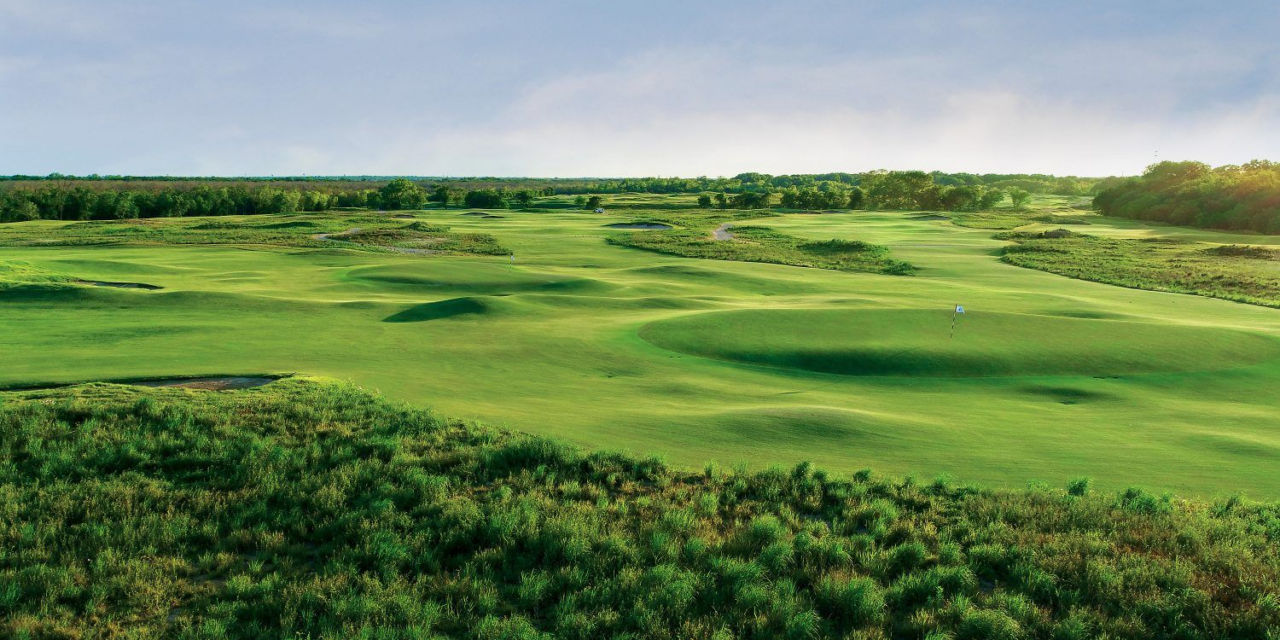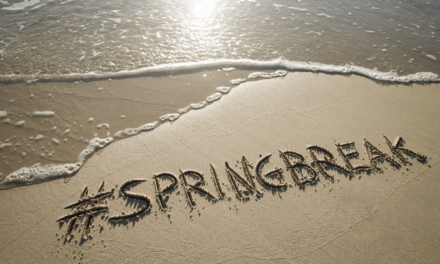Abigail Yarrison ’24, Editor in Cheif
In the past, golf courses have gotten a bad rap for drinking up millions of gallons of water daily, polluting local habitats with pesticides, and having huge carbon footprints. Environmentalists have called out golf courses for these bad habits, and although many still criticize the dullness of the sport, in recent years golfers have redeemed themselves and the environments they play upon.
Last July, the monarch butterfly was officially put on the endangered list. Dwindling safe spaces on their 3,000 mile migration to Mexico means less and less of them make it each year. However, Rockland Country Club in New York has been making an effort to help the butterflies on their route back from Mexico to Canada. Matt Ceplo, the pervious superintendent of the golf course, kept plenty of milkweed around the course. Monarchs lay their eggs in the milkweed, and the safe nonurbanized golf course is the perfect rest stop for monarchs.
Many golf courses around the US, and indeed the world, have been stepping up to create similar safe spaces for wildlife. Studies in 2004 and 2009 found that golf courses supported more and richer biodiversity of plants and animals than surrounding green spaces like city parks or farmland. The 2009 study from Johan Colding of Stockholm University, Sweden found that golf courses “had higher ecological value in 64% of comparative cases” (Colding, 2009). This means that golf courses can add value to the environment.

Okay, so they support wildlife. That does not redeem them for guzzling 200 million gallons of water a year and introducing toxic chemicals to their grass and those poor monarch butterflies. How can they be considered ecofriendly? Well, many golf courses have been addressing those issues by using organic fertilizers, starting water recycling, and growing less thirsty grass.
Grass is difficult to get right. If you ever had to replant a yard, you know how much care and precision goes into it. Now take your yard, and apply those tedious processes to an 18-hole golf course. Terrifying. Water is the most important tool for keeping grass healthy. After baking in the hot sun all day, grass needs tons of water. However, the misuse of our water supply combined with the expense makes it difficult to justify. Golf courses have been switching to grass types that can withstand the sun while drinking less water. Turf is the obvious option, but caring for turf gives off a huge carbon footprint that environmentally friendly courses want to avoid. The most common choices for sturdier grass include Emerald Zoysia, Bermudagrass, and buffalograss.
But the hard work put in to change the grass does not matter if it dies from disease and insects. That’s where pesticides come in. Vineyard Golf Club on Martha’s Vineyard in Massachusetts has been 100% organic since 2015. Jeff Carlson, the previous Superintendent, worked tirelessly to establish a beautiful well maintained golf course with zero pesticides. Instead, he uses bio-stimulants and composted fertilizers. Carlson has helped other golf courses in the US do the same.
Every golf course should employ these techniques to give back to the environment. In fact, some have gone the extra mile. Golfers visiting Liberty National golf course in New Jersey, and 70 others around the country, may not realize they are teeing atop a landfill. The rolling green hides the mounds of trash, capped beneath layers of soil and cement. The only way to tell? Methane gas from decomposing garbage is released through vents aboveground. Harbor Shores Golf Club in Michigan and Trinity Forest Golf Course in Texas are two other popular courses that reclaimed the land.

Golf courses have come a long way since their introduction to the United States in 1841. Today, golfers can spot eagles, herons, deer, alligators, and kangaroo (depending on your location in the world) while driving through the course. Their commitment to bettering the natural world is something we should take into other aspects of life such as farming, business, and transportation.





